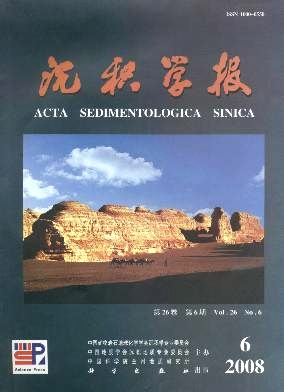Research on Coral Reef Ecosystem of the Late Carboniferous in the Southern of Guizhou
- Received Date: 1900-01-01
- Rev Recd Date: 1900-01-01
- Publish Date: 2008-12-10
-
Key words:
- southern Guizhou /
- LateCarboniferous /
- coral reef /
- ecosystem
Abstract: A largescale metazoa framebuilding reef system was developed in the southern Guizhou Province during the LateCarboniferous, which was rarely reported in the geological records after the F/F mass extinction event. The reef structure was mainly built by rugosan corals Fomitchevella, and is, from the bottom to top, composed of four subunits: bioclastic shore, patchy reef and mud mound, bioclastic limestone and Fomitchevella framestone. The organisms in ecosystem of each unit are variable, due to different tropic level in which producers, consumers and decomposers are differentiated in view of their behavior in the food chain, reefbuilder and reefdwellers in view of their functions in the reefbuilding process. The analysis shows that the organisms play different roles in reefbuilding process due to their status in the food chain. According to the contribution of the organisms and energy and macronutrient flow diagram, a new understanding that the coral reef ecosystem rapidly uptake the macronutrient is obtained. According to the composition and the relationship of the organisms, the development process of the ecosystem is supposed based on the organisms and their spatial location relationships, and can be divided into bioclastic shoal stage, patchy reef and mud mound stage, Fomitchevella colonizing stage and Fomitchevelladominant stage. The different behaviors and growth forms of Fomitchevella and Ivanovia cf. manchurica determined their status in the coral reef ecosystem, and the ecosystem maintained survivorship and development of the species by rapidly up taking the macronutrient.
| Citation: | CHANG Honglun DONG Xuming GONG Enpu. Research on Coral Reef Ecosystem of the Late Carboniferous in the Southern of Guizhou[J]. Acta Sedimentologica Sinica, 2008, 26(6): 904-912. |






 DownLoad:
DownLoad: